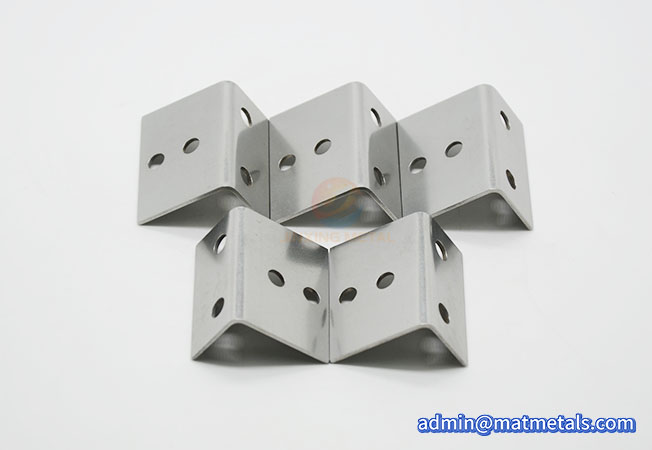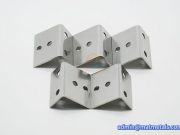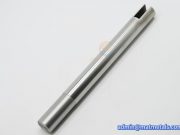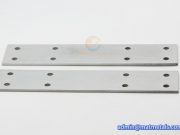Product Description
Overview
Molybdenum Precision Machining Parts are high-precision components made from high-purity molybdenum and molybdenum alloys through advanced processes such as laser cutting, ultra-precision grinding, and electron beam welding. They feature high-temperature resistance, high strength, low thermal expansion coefficient, and excellent oxidation resistance. They are widely used in aerospace, semiconductors, medical equipment, and nuclear energy. They are key functional components that achieve high precision and high reliability in extreme environments.
Molybdenum Features
- High strength, high toughness, outstanding heat resistance, and corrosion resistance ensure a long service life for precision components.
- Molybdenum maintains high strength and hardness even at high temperatures, making it particularly suitable for applications in extreme environments such as aerospace and the nuclear industry.
- Its low coefficient of thermal expansion helps maintain the dimensional stability of precision parts despite temperature fluctuations.
- Its excellent thermal and electrical conductivity makes it suitable for electronic components and heat dissipation applications.
- Its excellent biocompatibility and high density make it suitable for manufacturing high-precision components for medical equipment such as CT scanners.
Molybdenum Precision Machining Part Dimension
|
Material |
Mo1, TZM Alloy |
|
Size |
Plate: THK 0.1-50mm L ≤2000mm Bar: DIA 1-200mm L ≤3000mm Special-shaped parts: customized |
|
Melting Point |
2623℃ |
|
Density |
10.2g/cm³ |
|
Hardness |
≥150-200HV |
|
Delivery Time |
10-20 days |
|
Certification |
ISO 9001 |
Application
1. Aerospace
Rocket engines: Used in the manufacture of nozzle throat liners and combustion chamber components, capable of withstanding transient temperatures exceeding 3000°C.
Aircraft: Used as high-temperature structural components, such as the thrust chambers of attitude control systems and the support frames of satellite antennas.
2. Electronics and Semiconductors
Molybdenum's electrical conductivity, thermal conductivity, and low coefficient of thermal expansion make it a key material in the electronics industry.
Semiconductor manufacturing: Used in sputtering targets (molybdenum targets), electrodes, and lead frames in chip manufacturing, ensuring high precision and stability during the manufacturing process.
Vacuum electronics: Used as cathode supports and gates in traveling wave tubes and magnetrons, adapting to high vacuum and high-temperature operating environments.
LEDs and flat panel displays: High-precision molybdenum foil or wire is used for current guidance and structural support, extending device life.
3. Energy and nuclear industries
Nuclear reactors: Used in the manufacture of control rod guide tubes and core structural components, capable of withstanding strong radiation and high-temperature water corrosion.
Solar photovoltaics: Used as the back electrode of thin-film solar cells, improving photoelectric conversion efficiency.
4. Metallurgy and High-Temperature Industry
High-Temperature Furnaces: Used in heating element supports and heat shield components for sapphire growth furnaces and quartz glass melting furnaces.
Metallurgy: Used as an additive for manufacturing high-temperature alloys, specialty molds (such as high-temperature-resistant inserts for die-casting molds), and components for continuous casting molds.
5. Medical: Used as a coating material for molybdenum targets (core components of X-ray machines) in radiotherapy equipment and for orthopedic implants.
Process
CNC machining uses computer programs to control machine tool motion, enabling precise control of tool paths and cutting parameters. This allows for micron-level machining accuracy and the ability to produce complex shapes in a single pass, preventing microcracks in molybdenum products during machining.
① Select high-purity molybdenum plates (≥99.95%) and remove the oxide layer through hydrogen reduction or chemical cleaning.
② Remove most excess material through turning and milling, controlling cutting parameters to avoid material cracking.
③ Final dimension machining is performed using CNC machines or high-precision grinders, combined with water-jet laser cutting and drilling.
④ Surface cleaning and grinding, and, if necessary, coating or anodizing, to enhance wear resistance and creep resistance.
⑤ Rigorous quality inspections are performed, including dimensional accuracy, surface quality, mechanical properties, and non-destructive testing.
Molybdenum Precision Machining Part Pictures
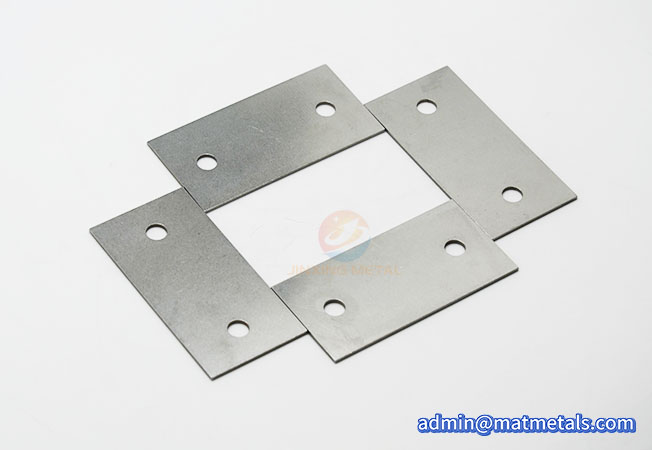
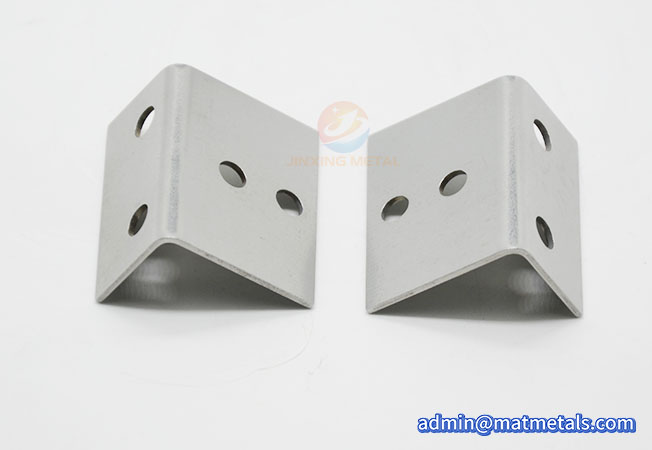
Please leave your information to get the latest quotation and product catalogue!


